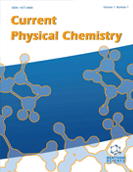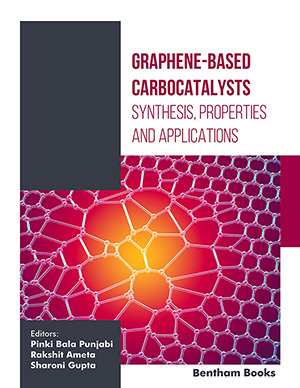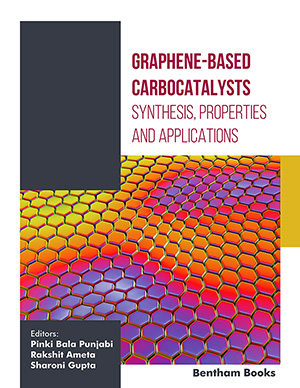Abstract
The purpose of this review is to provide appropriate details concerning the application of green methods in polymers synthesis. Phosphorus-containing polymers were synthesized by a simple and green synthetic method, namely vapor-liquid polycondensation. Solvent and catalysts were not required in this technique. Another green method for the polyphosphonate synthesis is the solid-phase polycondensation using ultrasound. Solid-liquid phase transfer catalysis also was used as eco-friendly and economical procedure for phosphorus-containing polymers, by using potassium phosphate in order to suppress the side reactions. In order to increase segmental motion and to aid the ion transport and ionic conductivity at ambient temperatures of polymer membranes for batteries, linear polymers composed of phosphonate (4- chlorophenyldichlorophosphonate) as a linking agent with poly(ethylene glycol) were synthesized using “green” conditions. An important area in the development of green chemical technology is the control of chemical reactions by the “tuning” of the reaction medium. The influence of the structure and the nature of ionic liquids on the efficiency of polymerization of white phosphorus is presented. Phosphorus-containing styrene derivatives (dimethyl-p-vinylbenzylphosphonate and diphenyl styryl phosphine oxide) were used as comonomers in the cationic copolymerization of soybean oil, styrene and divinylbenzene. Poly(oxyethylene hydrogen phosphonate) with an average molecular weight of 3100 Da was synthesized under microwaves method for 55 min.
Keywords: Green synthesis, phase transfer catalysis, phosphorus-containing polymers.

















